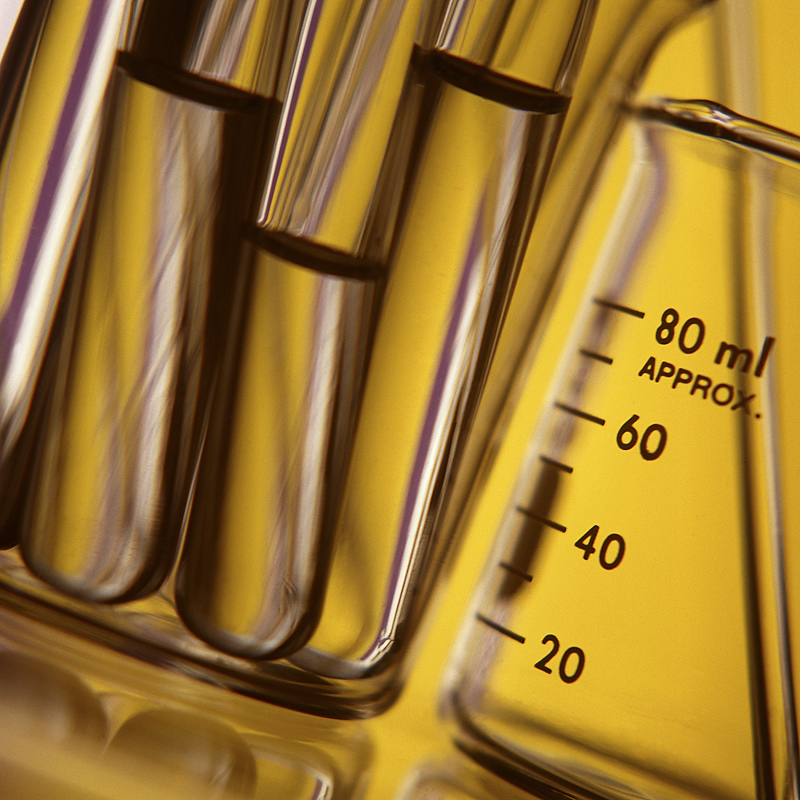
TUESDAY, April 20 (HealthDay News) — As the population ages and medical technology improves, more people are using complex medical devices such as dialysis machines and ventilators at home, adding to the need for better-educated patients.
To meet this growing need, the U.S. Food and Drug Administration announced Tuesday that it has started a new program to ensure that patients and their caregivers use these devices safely and effectively.
“Medical device home use is becoming an increasingly important public health issue,” Dr. Jeffrey Shuren, director of the FDA’s Center for Devices and Radiological Health said during an afternoon news conference.
The U.S. population is aging, and more people are living longer with chronic diseases that require home care, he added. “In addition, more patients of all ages are being discharged from the hospital to continue their care at home,” Shuren noted.
Meanwhile, medical devices have become more portable and sophisticated, making it possible to treat and monitor chronic conditions outside the hospital. “A significant number of devices including infusion pumps, ventilators and wound care therapies are now being used for home care,” he said.
Given the growing number of home medical devices, the agency plans on developing procedures for makers of home-care equipment. Procedures will include post-marketing follow-up, and other things that will encourage the safe use of these devices.
The FDA is also developing educational materials on the safe use of these devices, the agency said.
According to Shuren, there are no clear regulations for complex medical devices used in the home.
Devices not made specifically for the home can pose a safety problem, he noted. “There may be environmental or safety hazards that can affect a device’s performance, including the presence of pets, sanitation issues and electromagnetic interference from home wireless networks or even video games that can disrupt the function of a medical device,” Shuren explained.
The agency has already received reports of medical device-linked adverse events that have occurred in the home. “And due to widespread underreporting, it is likely just the tip of the iceberg,” Shuren said.
For example, a dialysis machine became blocked by cat dander and would not function, he said. In another case, a ventilator whose alarm could not be heard in the home caused the ventilator to fail, resulting in injury and death. “We do have such examples,” he said.
To deal with these problems the agency plans to:
- Develop recommendations for approval of these devices, including testing with home caregivers and patients.
- Develop FDA’s authority to require that certain devices are labeled as cleared for home use.
- Develop post-market procedures to track and address adverse events in the home.
In addition, the agency is launching a 10-month pilot program this summer to get manufacturers to voluntarily submit their labeling to the agency for posting on a central Web site, Shuren noted.
This could help patients and caregivers to quickly find important safety information about their devices, he added.
The FDA is already citing manufacturers on potential trouble from at-home devices. On Monday, the agency sent letters to makers of negative-pressure wound therapy devices indicating that they will have to start including testing their devices specifically for home use and labeling them accordingly or stating that the device is not for home use, Shuren said.
“By providing greater assurance of the safety and safe use of medical devices in the home, FDA hopes to support the tremendous promise of home health care to provide patients with more comfort, convenience and independence in their medical care,” Shuren said.
More information
For more information on home medical devices, visit the U.S. Food and Drug Administration.

